ABOUT FESTIVAL
Explore the boundaries of art and technology at the Videomedeja Festival.
Videomedeja is an international new media festival that, through video art, installations, and performances, addresses important social and political issues. The festival brings together avant-garde artists from around the world, providing a platform to explore the impact of new technologies on art and society.
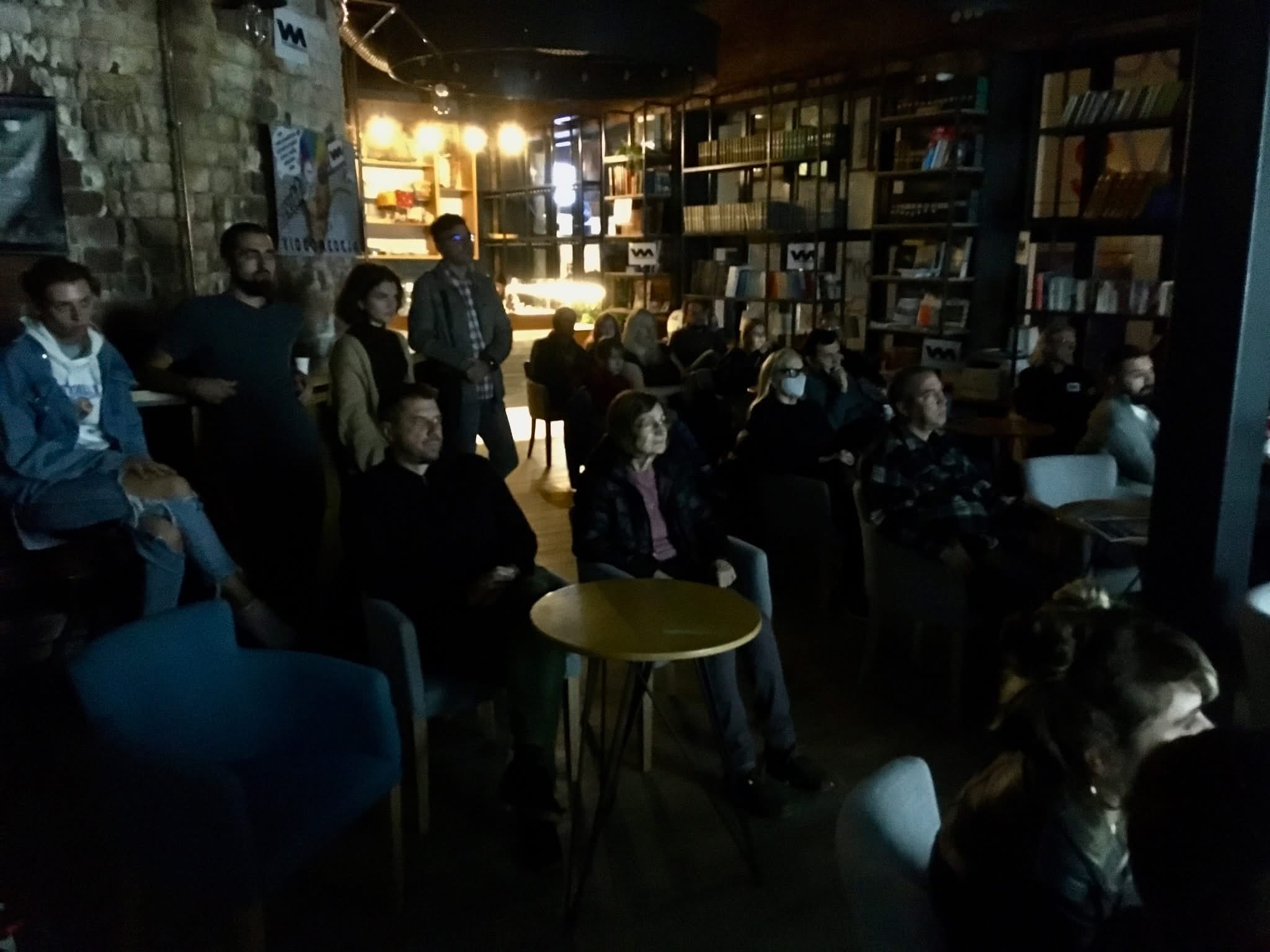
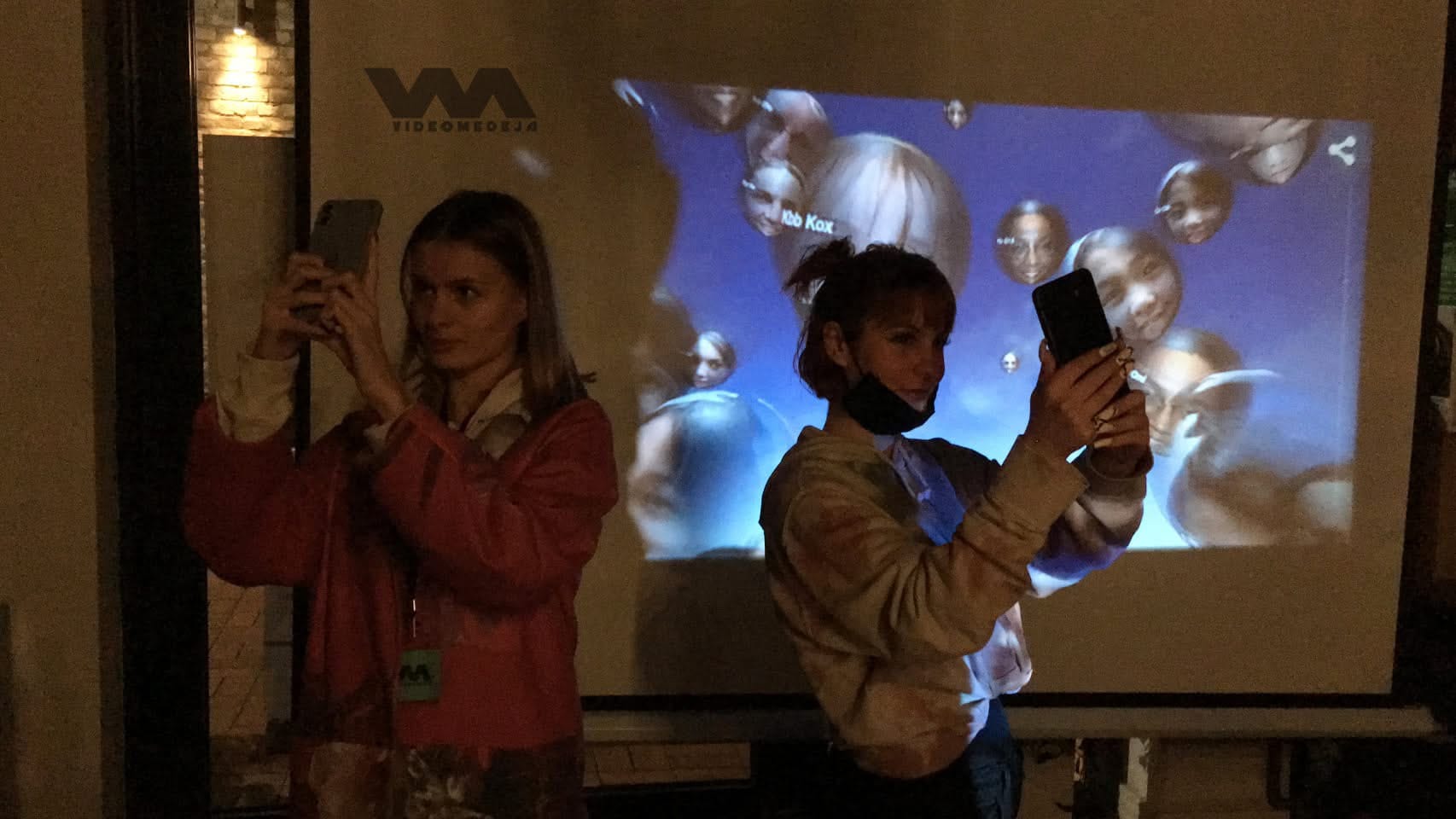
Videomedeja is an international new media art festival held annually in Novi Sad since 1996. The festival is organized by the Video Art Association VIDEOMEDEJA as an independent, non-profit cultural event.
Bringing together artists from around the world, the festival showcases groundbreaking works in video art, digital art, interactive technologies, and performance. Over the course of three days, Videomedeja presents innovative artistic projects that employ contemporary technologies as tools of expression, communication, and social reflection.
Videomedeja is a meeting point for art, technology, and critical thinking. The program features a variety of genres and formats:
- Screenings: video art, short films, digital animations
- Media Projects: media installations, XR/AR/VR experiences, interactive works, performances, AI-generated art, net art, metaverse projects, and other emerging forms
The festival embraces experimental and subversive approaches, raising questions about identity, power, social norms, and the boundaries between the virtual and the real world.
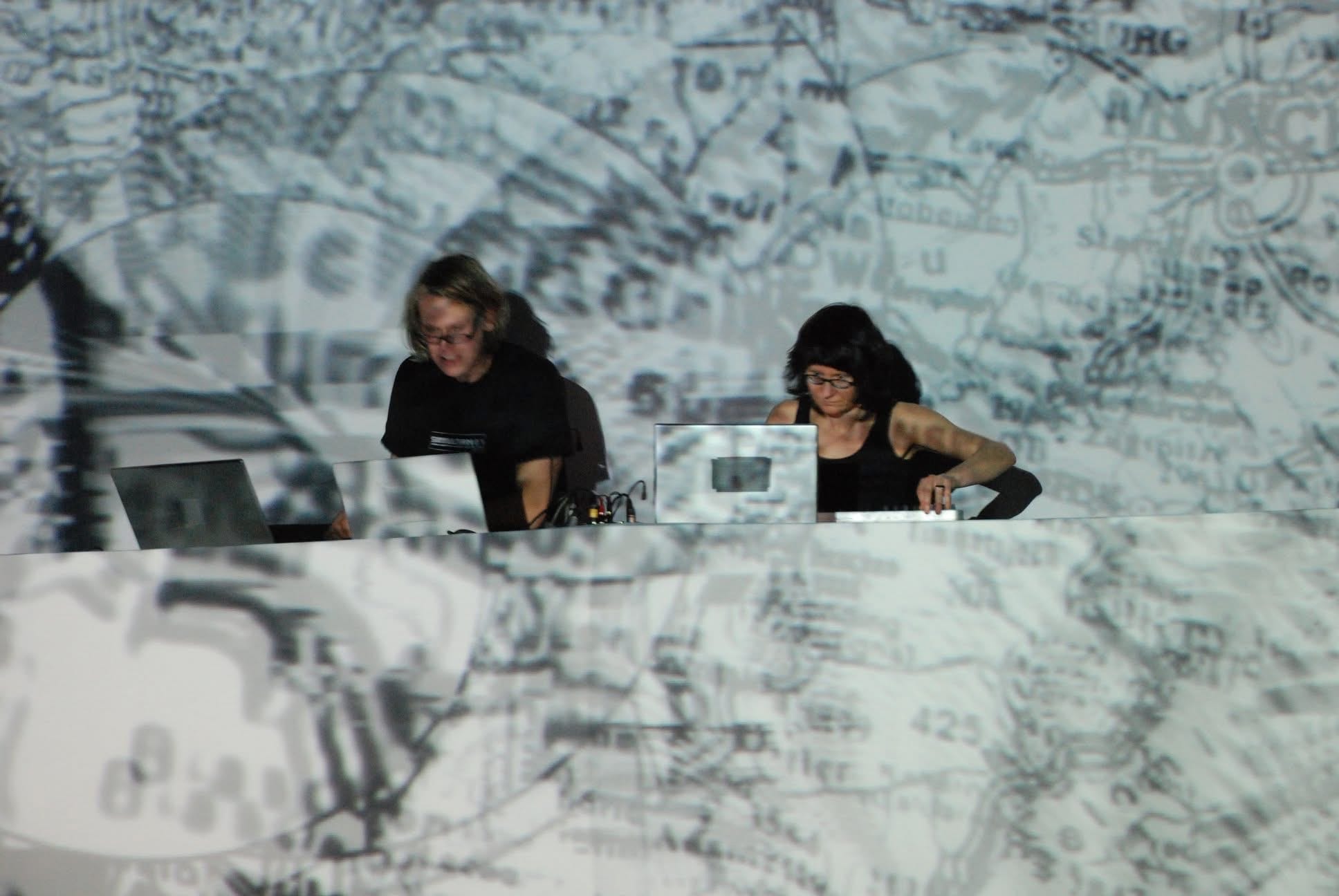
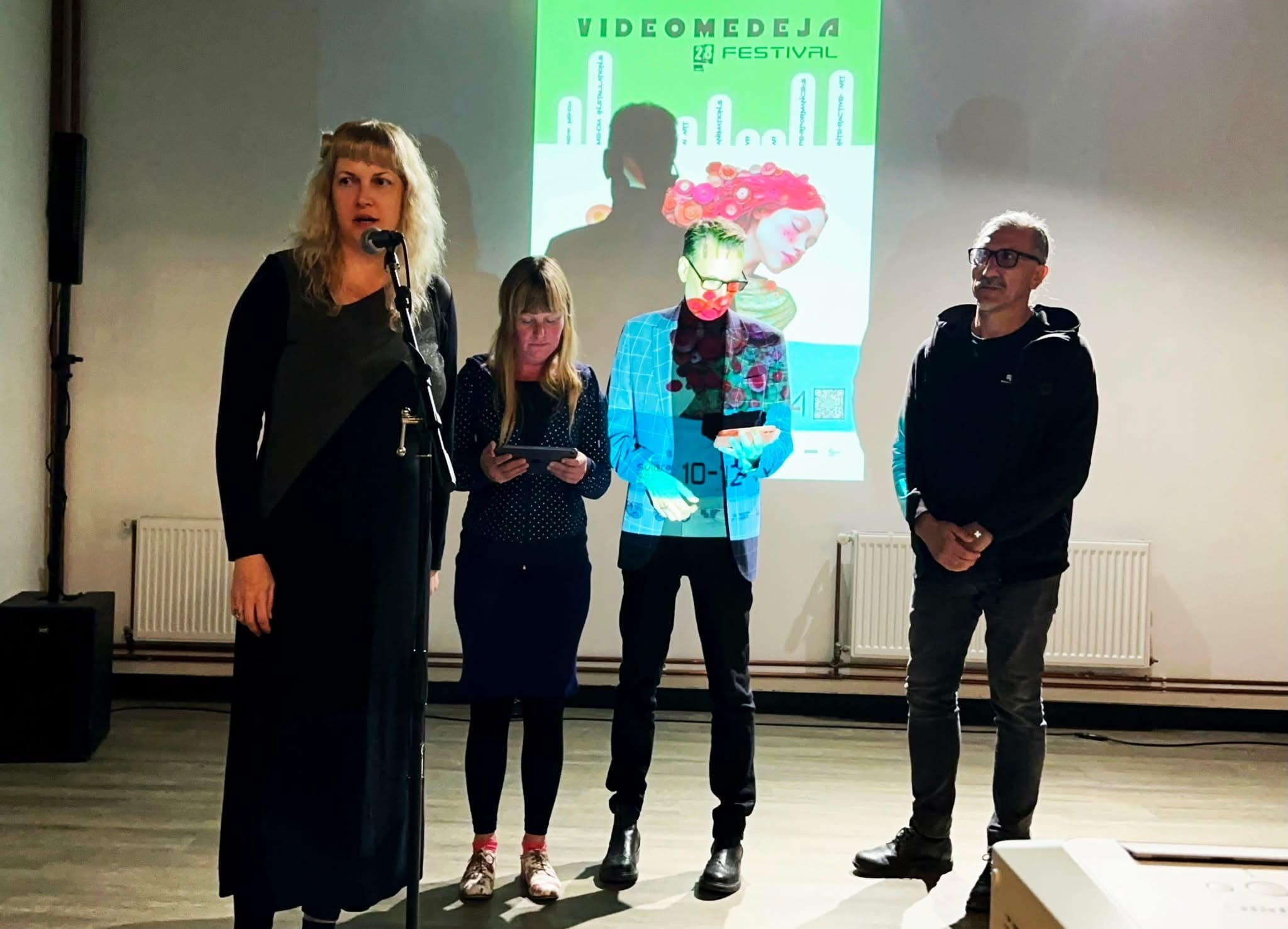
Videomedeja presents awards in both the international and Serbian selections:
Videomedeja Grand Prize – €1,000 for the most creative and innovative work
Special Mention – awarded by the jury
Audience Award – chosen by the audience
Bogdanka Poznanović Award – for the best work from Serbia
Selection and Criteria
The artistic committee selects works based on the following criteria:
Originality and authenticity of expression
Innovative use of media and technology
Experimental and critical potential
Audience engagement and social impact
Aesthetic and technical quality
Practical feasibility of presentation
Each year, Videomedeja brings together artists, audiences, and volunteers from around the world. The atmosphere is vibrant, open, and informal – filled with conversations, encounters, networking opportunities, and, of course, after-program parties.
Here, art is not observed from a distance. Videomedeja fosters closeness and direct connection – it is a festival of encounters, exchange, and genuine dialogue. Art is not only experienced visually but also through conversation, atmosphere, and human interaction.
The festival also maintains Videomedeja Medialab, a free online archive featuring over 10,000 video works, available at videomedeja.com.
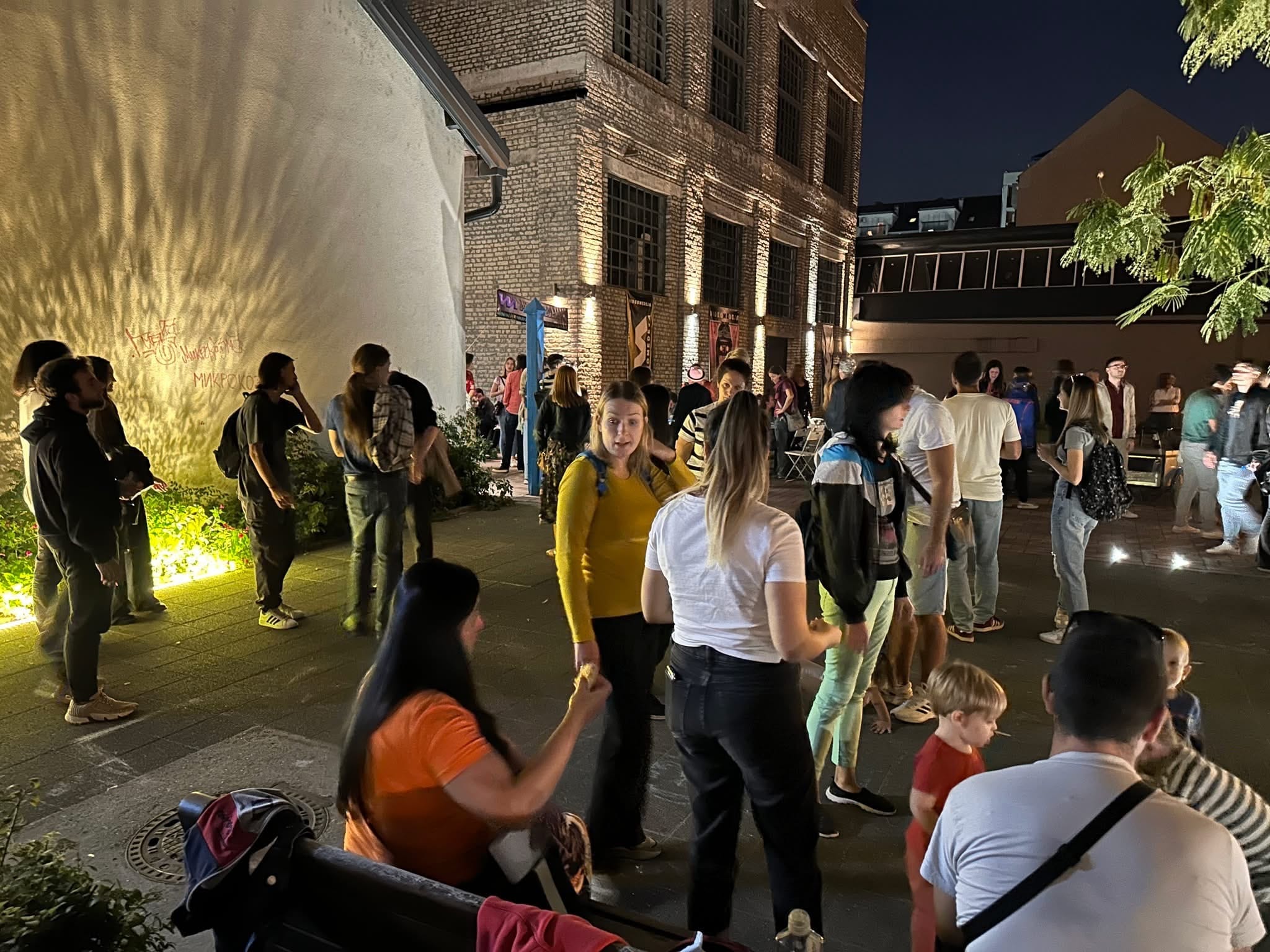

1. Promotion of Digital Art and Culture:
Showcasing the latest video works and new media creations: The festival demonstrates a commitment to cutting-edge artistic trends and platforms.
Encouraging innovative artistic forms: Videomedeja provides a space for experimentation and the development of new modes of expression in the digital era.
Digitization and preservation of contemporary visual heritage: The festival contributes to the protection and promotion of digital art for future generations.
2. Audience Development and Education:
International collaboration and intercultural dialogue: Videomedeja brings together artists and ideas from around the world, offering a platform for exchange and understanding.
Education on contemporary art and digital technologies: The festival offers opportunities for all generations to expand their knowledge and critical thinking about art.
Enhancing digital literacy: Videomedeja helps audiences develop the skills necessary to engage with digital art and technology.
3. Advancement of the Digital Ecosystem:
Supporting the development of digital art tools and technologies: The festival contributes to the progress of the digital art field and its infrastructure.
Promoting innovative collaboration between artists and institutions: Videomedeja strives to create new models for supporting and presenting digital art.
Fostering the growth of the creative digital industry: The festival affirms the role of digital art within the broader cultural and economic context.

SIGNIFICANCE OF THE FESTIVAL
Videomedeja, a renowned European new media festival, achieves the following:
Transforms artistic practice: Videomedeja inspires artists to explore new media and expressions through video art, installations, and performances.
Connects cultures and people: The festival brings together international artists and audiences, creating a platform for understanding and celebrating diversity.
Develops future creators: Through workshops and lectures, Videomedeja fosters the creative growth and critical thinking of emerging artists.

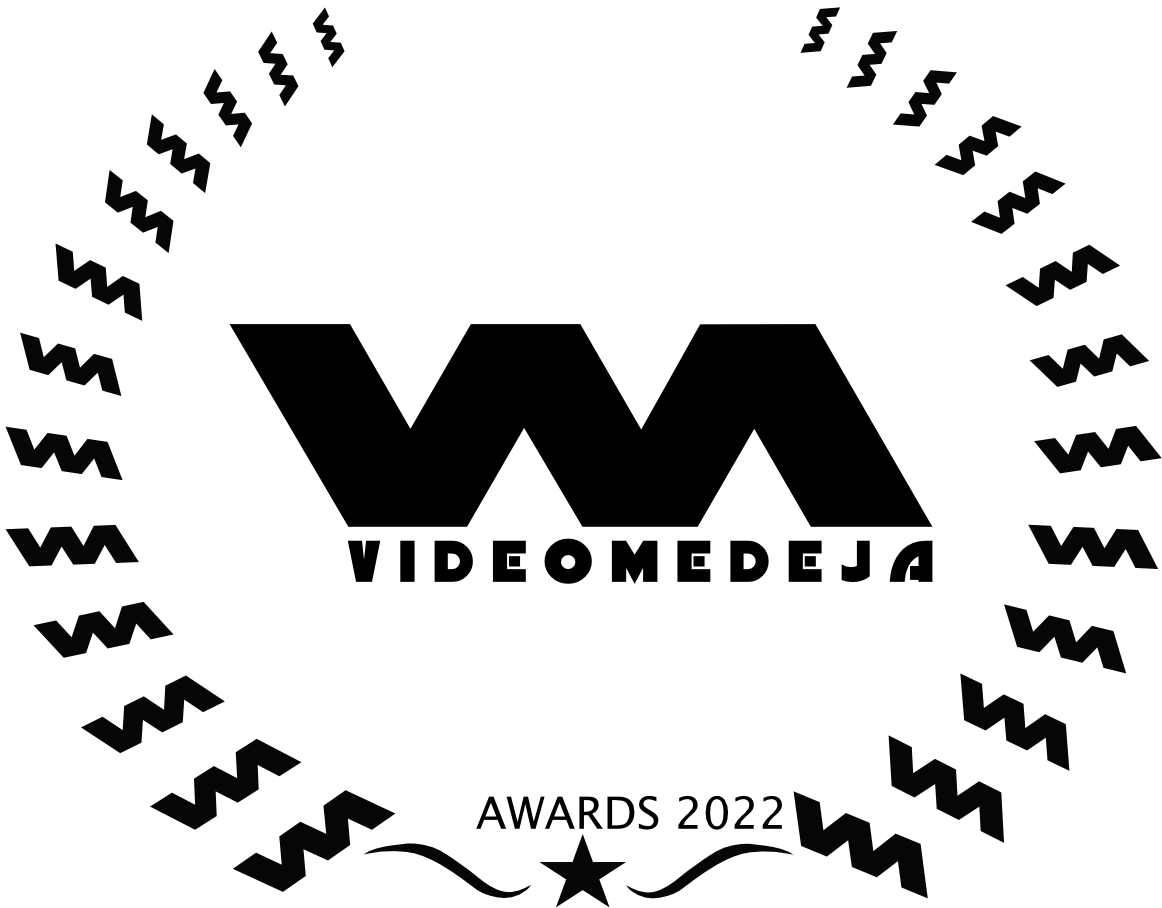
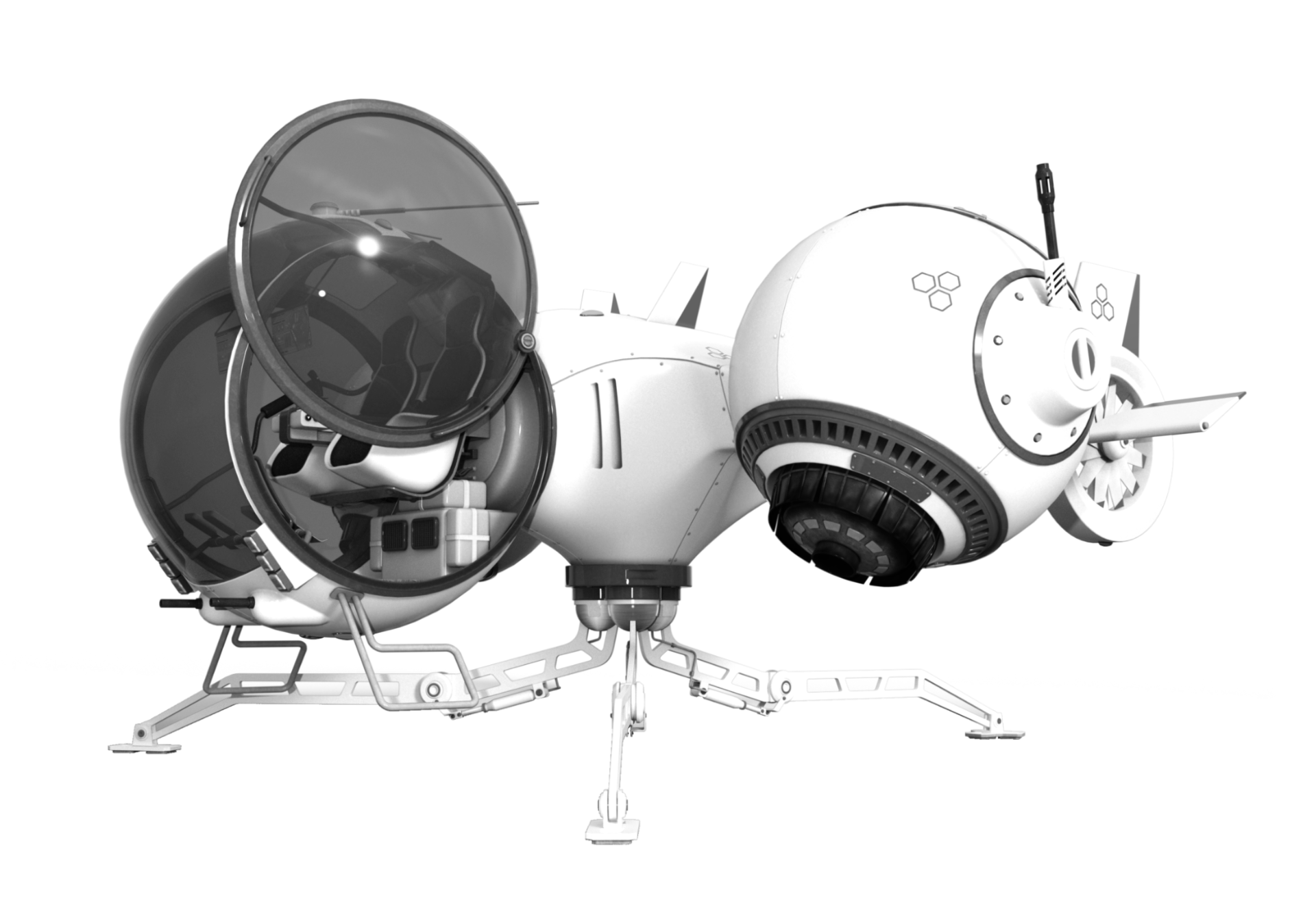




BRIEF HISTORY
The Yugoslav Association for Video Art VIDEOMEDEJA (registered on February 12, 1998) and the Association of Independent Projects – Apostrof launched the International Women’s Video Summit – VIDEOMEDEJA in 1996, where only female authors were allowed to participate in the competitive program. In 1999, the then-program editor Balint Sombati introduced male authors into the VIDEOMEDEJA program.
From 1998 to 2000, the Festival Director and President of the Association was Vera Kopicl, who voluntarily stepped down after 2000 and proposed Ivana Sremčević as the new President of the Association. A year later, in 2001, Ivana Sremčević was appointed Festival Director and President of the Yugoslav Association for Video Art VIDEOMEDEJA.
That same year, changes were made to the festival concept. Starting in 2001, male authors were also eligible to compete in the festival’s competitive program. Since then, the festival has been open to all artists, regardless of gender, removing the previous gender-based restriction.
The only limitations have been, and still are, that artistic works must have been created within the two years preceding the year of the public call for submissions to the VIDEOMEDEJA Festival, and that the selection jury will not consider works containing offensive or aggressive messages or content.

Nam June Paik, John Cage, Bill Viola, Vitto Acconci, Marina Abramović, Mike Stubbs, Jan Schuijren, Chris Byrne, Piotr Krajewski, Kathrin Becker, Slobodan Šijan, Želimir Žilnik, Dejan Sretenović, Miloš Vojtechovsky, Bálint Szombaty, Robert Arnold, Anouk de Clercq, Johan Grimonprez, Lutz Dammbeck, Sanja Iveković, Sofa Surfers, Nina Czegledy, Ema Kugler, Breda Beban, Zoran Naskovski, Phill Niblock, Kathy Rae Huffman, Manuel Saiz, Dalibor Barić, Oliver Pietsch, Martijn Veldhoen, Margit Lukács, Persijn Broersen, Michael Takeo Magruder, Adad Hannah, Max Hattler, Rafaël, Jean-Gabriel Périot, Richard Vickers, Nataša Teofilović, Andrej Tišma, SJ Ramir, Köken Ergun, Alexei Dmitriev, Quayola, Nicolas Provost, Volker Schreiner, Marc Lee, Thorsten Fleisch, Neil Ira Needleman, Sylvia Winkler, Stephan Koeperl, Thomas Mohr, Erwin Olaf, Semiconductor, Lea Vidaković, Shahar Marcus, Arjan Brentjes, Damon Mohl, Stuart Pound, Alisi Telengut, Dave Lojek, Douwe Dijkstra, Harvey Goldman, Isabel Pérez del Pulgar, Bjoern Melhus, Silvia De Gennaro, Harald Hund, Goran Škofić, APOTROPIA, grupa Art-teror, Kaoru Motomiya, Markus Bertuch, Li Hong Ting, Corinna Schnitt, Jan van Nuenen, Monochrom, Johan Grimonprez, Astrid Rieger, Ocusonic, Grzegorz Rogala, KeithBearden, Faith Holland, Reetta Neittaanmäki, Sebastian Diaz Morales, Andrea Baldini, Francesca Fini, Tracy Peters, Dmitri Voloshin, Ellen Wetmore, Anita Sarosi, Andrea Arnold, Gareth Hudson, Laurynas Navidauskas, Niina Suominen, Neïl Beloufa, Céline Trouillet, Ageda Kopla Taldea, Laetita Bourget, Lala Raščić, Frank Theys, Jörg Niehage, Les Miserables, Bogumił Misala, Jakub Lech (IP Group), Dragan Matić, Vladimir Frelih, Maria Molina Peiró, Joerg Auzinger, Alicja Zebrowska, Nataša Prosenc, Sonja Savić, Reneta Poljak, Sandra Sterle, Janene Higgins, Izabel Hajer, Gabrijela Vasić, Vesna Vesić, Kai Kaljo, Sanja Perišić, Bea de Visser, Olga Egorova, Natalija Pershina Jakimanskaya...
